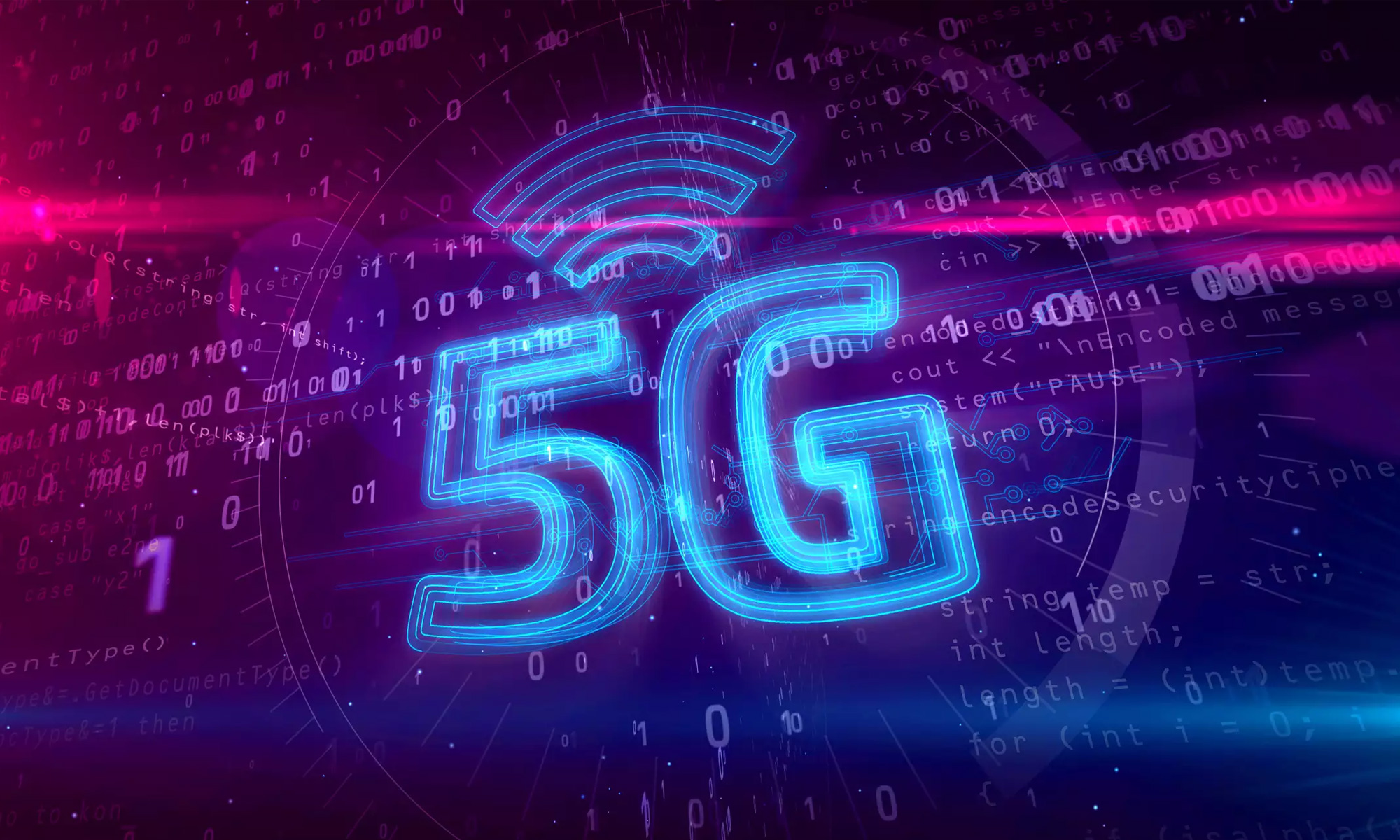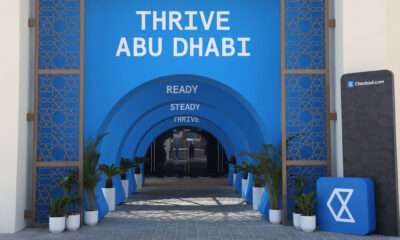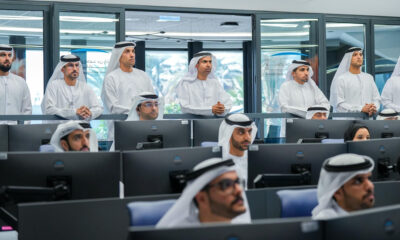News
5G In UAE: Etisalat & Ericsson Join Forces To Deploy 5G High-Band
Once deployed, the network should be able to provide fiber-like speeds over the air, delivering data speeds of 4.2 Gbps and latency of 8 milliseconds.

Soon, all owners of 5G-enabled devices will be able to enjoy increased speeds and lower latency because Etisalat, UAE-based multinational telecom services operator, has joined forces with Ericsson, Swedish multinational networking and telecommunications company, to deploy 5G in UAE through millimeter wave (mmWave) small cell networks.
Once deployed, the network should be able to provide fiber-like speeds over the air, delivering data speeds of 4.2 Gbps and latency of 8 milliseconds (ms). Because 5G networks can support a greater number of connected devices than 4G networks, UAE residents can look forward to problem-free internet access even in crowded places, such as malls and stadiums.
“Etisalat has always been at the forefront of the telecom industry, and we continuously work to provide our customers with the best possible digital experience,” said Haitham AbdulRazzak, Chief Technology Officer at Etisalat.
“We look forward to supporting Etisalat in harnessing the opportunities that new technologies like 5G can present for the people of the UAE,” added Ekow Nelson, Vice President and Head of Global Customer Unit Etisalat at Ericsson MENA, in the official press release.
5G technology is positioned to become a key enabler of the UAE Vision 2021, which was launched by H.H. Sheikh Mohammed bin Rashid Al Maktoum, to transition the country to a knowledge-based economy, promoting innovation and research and development.
Also Read: How To Check Postpaid Balance In Etisalat
All businesses that depend on reliable, secure, and fast internet connectivity will be able to reap its benefits to support remote workers, implement innovative Internet of Things solutions, and deliver immersive experiences to their customers.
5G connectivity additionally paves the way for smart cities, which can be imagined as pulsing digital ecosystems where countless sensors collect data to manage resources and infrastructure more efficiently. 5G will hopefully take the United Arab Emirates to another level of connectivity and innovation.
News
Influencer Growth Fuels Saudi Creator Economy Surge
The Kingdom’s creator economy grew over 32% in Q1 2025, fueled by TikTok, UGC, and cost-per-action (CPA) influencer models.

Saudi Arabia’s creator economy saw a significant 32.37% growth in the first quarter of 2025, driven by an uptick in influencer marketing, content-driven e-commerce, and the increasing influence of user-generated content (UGC). These insights come from a recent study by Admitad and the Stllr Network.
Much of this momentum is coming from video-based platforms, where brands are leaning on creators who feel more relatable than polished ad campaigns. The trend shows a clear preference for authenticity, as audiences gravitate toward content that feels real and personal.
Mohannad Alzahrani, Co-founder and VP KSA of Stllr Network, highlighted the shift: “The rise of user-generated content (UGC) is changing the way brands engage with consumers. Audiences trust real creators more than traditional advertising, making UGC a key driver of authenticity and sales”.
TikTok remains the dominant platform in this space, reportedly reaching 88% of the Saudi population. It also showed the sharpest rise in influencer-led transactions. Other platforms followed with solid, if less dramatic, growth: X was up 17%, Instagram increased by 12%, and Telegram by 10%.
In terms of content niches, beauty led the pack with a 56% growth rate, followed by lifestyle at 45.8% and fashion at 18.2%. Tech content also showed healthy traction at 10.6%, while entertainment, food, fitness, parenting, and gaming posted smaller — but still positive — gains.
Also Read: Top E-Commerce Websites In The Middle East In 2025
The report analyzed more than 300,000 influencer-driven purchases. These efforts translated into a 15% year-on-year jump in Gross Merchandise Value (GMV) and a 5% increase in the number of orders in 2024. Influencers themselves are seeing the benefit, with average order values hitting $54 and creator earnings rising by 14%.
A noticeable trend is the move away from fixed-rate deals. More influencers in Saudi Arabia are embracing hybrid compensation models — especially cost-per-action (CPA) setups that tie their earnings directly to performance.
As Anna Gidirim, CEO of Admitad, explains, “The CPA model brings much-needed transparency to influencer marketing. Brands only pay for actual results, and influencers benefit by securing long-term partnerships while offering their audiences exclusive promo codes and special discounts”.
However, the ecosystem still shows a gender imbalance. The data indicates that 63% of creators in Saudi Arabia are men, while women account for just 37%.























